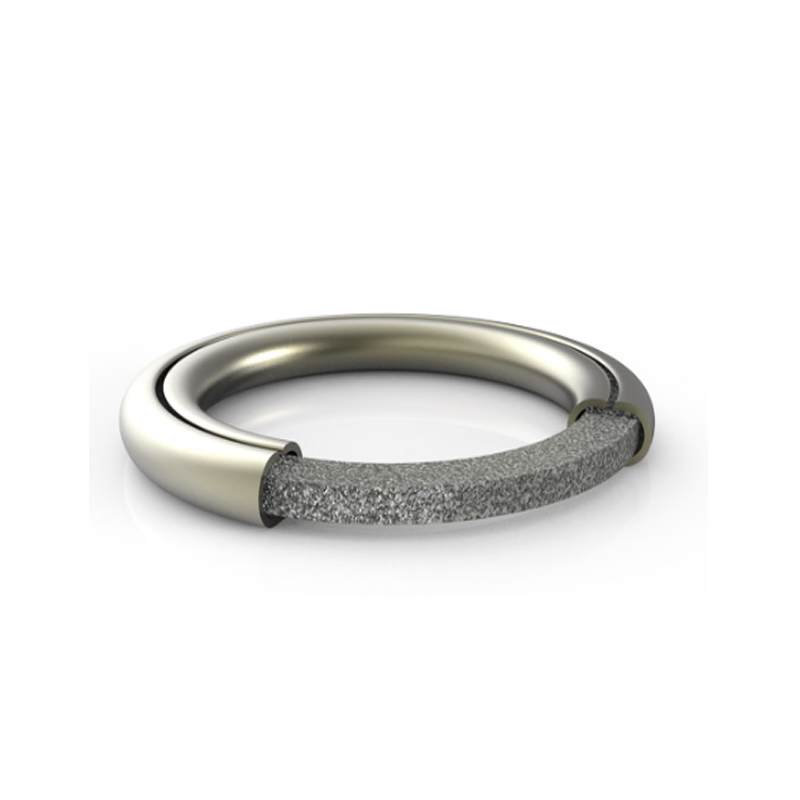Exploring the Benefits of Square O-Rings in Various Applications
Understanding Square O-Rings A Comprehensive Overview
O-rings are ubiquitous in various industries, serving as essential components for sealing applications in hydraulic, pneumatic, and automotive systems, among others. One of the less common but increasingly utilized variations of O-rings is the square O-ring, known for its unique shape and performance characteristics. This article delves into the intricacies of square O-rings, exploring their advantages, typical applications, and considerations for use.
What Is a Square O-Ring?
A square O-ring, as its name suggests, has a square cross-section instead of the traditional round shape of standard O-rings. This geometric difference allows square O-rings to provide distinct performance benefits in specific applications. The square cross-section maximizes the sealing surface against the mating surfaces, which can be particularly advantageous in certain environments where traditional O-rings may struggle to maintain an effective seal.
Advantages of Square O-Rings
1. Improved Sealing Performance The square cross-section allows for a more robust sealing interface, reducing the likelihood of leaks. This can be particularly beneficial in high-pressure applications where reliable sealing is critical.
2. Higher Resilience to Extrusion Square O-rings have a better resistance to extrusion than round O-rings. Extrusion occurs when sealing materials are forced out of their designated spaces under high pressure. The square shape provides greater support against this risk, making them suitable for use in extreme conditions.
3. Reduced Compression Set Due to their cross-sectional area, square O-rings can exhibit lower compression sets over time. A compression set refers to the material's inability to return to its original shape after being compressed, which can lead to diminished sealing performance. Square O-rings are less prone to this issue, ensuring long-term reliability.
4. Versatility Square O-rings can be used in a variety of environments, including those with harsh chemicals. They are available in various materials, including elastomers like nitrile, fluorocarbon, and silicone, allowing them to adapt to diverse sealing requirements.
Common Applications
Square O-rings are utilized across numerous sectors, often in environments where traditional O-rings fall short. Common applications include
- Hydraulic Systems In hydraulic cylinders and pumps, square O-rings are often employed to ensure that fluids are contained within the system without leakage, which is essential for the efficiency and safety of hydraulic operations.
square o rings

- Pneumatic Systems Similar to hydraulics, pneumatic systems benefit from square O-rings due to their ability to provide a reliable seal in pressurized air environments.
- Automotive Applications Square O-rings are increasingly used in vehicles to seal connections and prevent fluid leaks, contributing to overall vehicle performance and longevity.
- Aerospace The aerospace industry often employs square O-rings in fuel systems and pressurized components, where extreme reliability is necessary due to the critical nature of these applications.
Considerations for Use
When incorporating square O-rings into a design or maintenance plan, several factors should be considered
1. Material Selection The choice of material is crucial for the performance of square O-rings. The operating temperature, chemical compatibility, and required durability should guide material selection.
2. Installation Proper installation is vital to maximize the effectiveness of square O-rings. Care should be taken to prevent damage during installation, as sharp edges can lead to failure.
3. Maintenance Regular inspection and maintenance of square O-rings can prolong their lifespan and ensure optimal performance. Signs of wear, degradation, or deformation should be addressed immediately to prevent leaks or system failures.
4. Sizing Accurate sizing is essential for effective sealing. Square O-rings must be the correct dimensions to fit securely in their channels without excessive compression, which could lead to premature wear or failure.
Conclusion
Square O-rings represent a specialized yet increasingly important component in various sealing applications. Their unique shape offers a multitude of advantages over traditional round O-rings, particularly in high-pressure and demanding environments. By understanding their benefits, applications, and considerations, engineers and operators can leverage square O-rings to enhance system performance and reliability. As technology and materials advance, the use of square O-rings is likely to continue expanding, marking their significance in modern engineering solutions.
-
Understanding the Front Main Engine Seal: Purpose, Maintenance, and Installation
News Jul.29,2025
-
Understanding O-Rings and Seal Rings: Types, Applications, and Custom Solutions
News Jul.29,2025
-
Understanding Crankshaft Oil Seals: Rear Seals, Pulley Seals, and Their Role in Engine Integrity
News Jul.29,2025
-
The Importance of Front and Rear Crankshaft Seals in Engine Performance and Oil Management
News Jul.29,2025
-
Crank Oil Seals: Functions, Types, and Cost Considerations in Engine Maintenance
News Jul.29,2025
-
A Comprehensive Guide to O-Rings and Seals: Types, Materials, and Global Applications
News Jul.29,2025
-
Mastering Diesel and Performance Engine Maintenance: A Guide to Critical Oil Gaskets
News Jul.28,2025
Products categories















